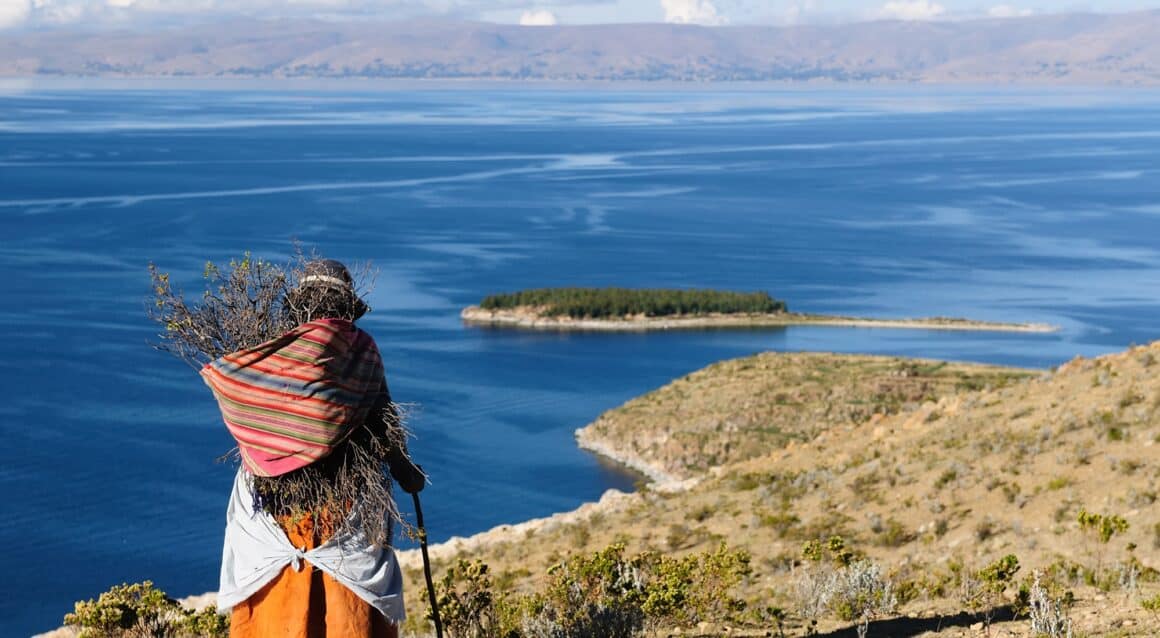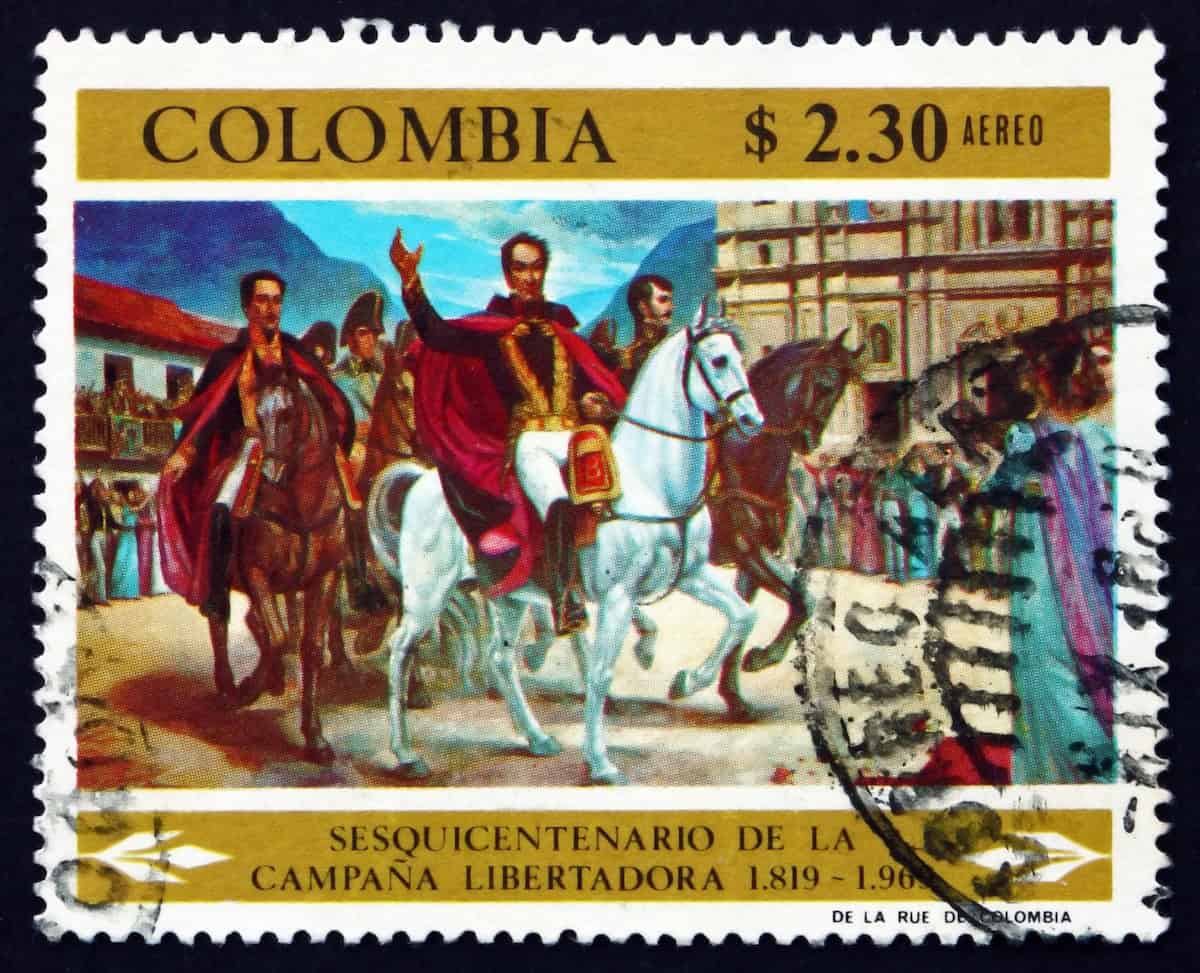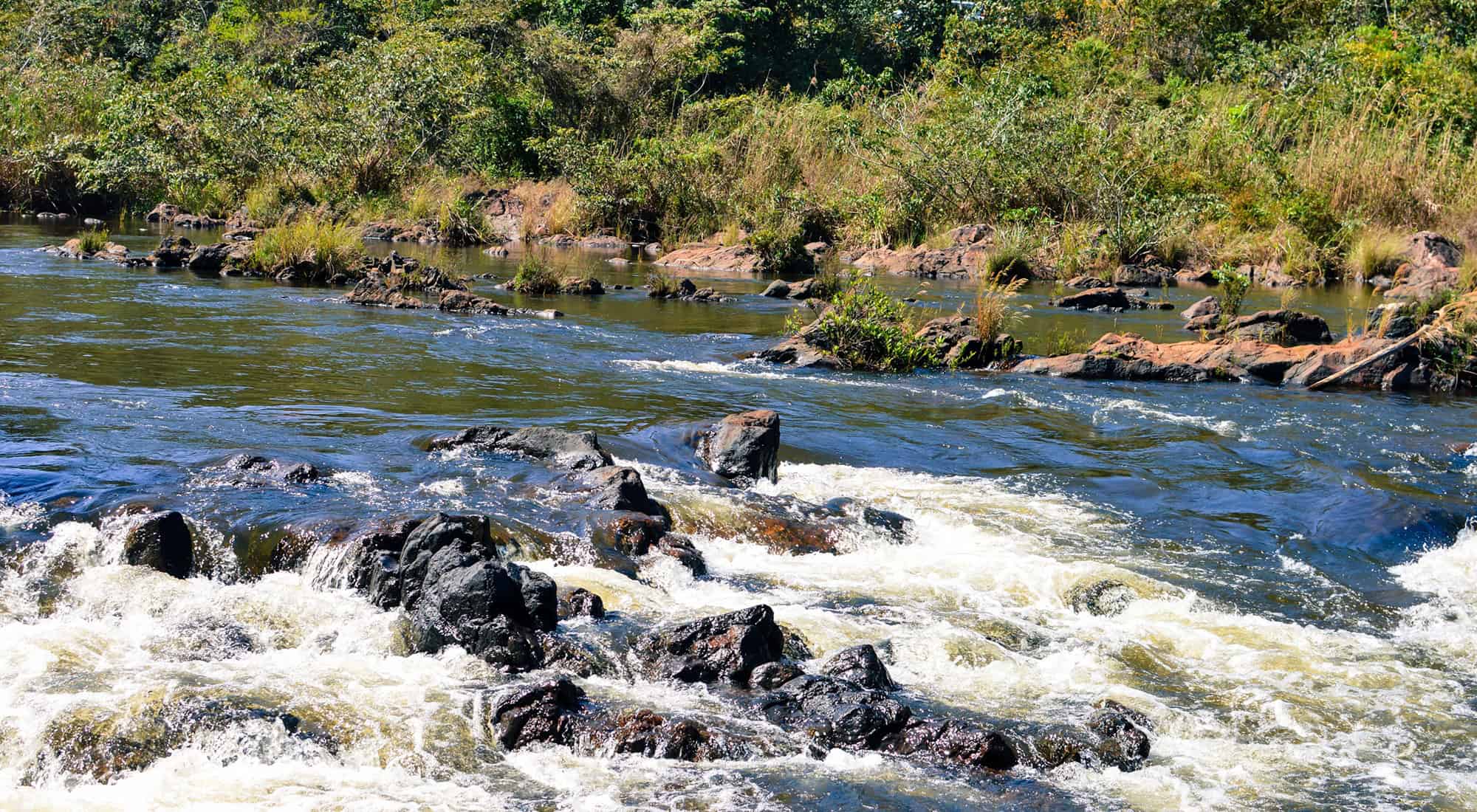1 La Paz
The capital city is building up its 21st-century credentials, but it still has its market streets where you can shop in the countless stores for multicoloured textiles and musical instruments, or head higher up into the indigenous area for produce and traditional items.
2 Tiwanaku
Just a short ride from La Paz, Tiwanaku contains the remnants and artefacts of one of the most important pre-Inca civilizations in South America.
3 Lake Titicaca
The crystal-clear waters of the highest navigable lake in the world and, above, cloudless skies make this an essential place to visit. Don’t stick to the shore, sail out to the Isla del Sol, birthplace of the Inca creation myth.
4 Sorata
Just three hours from La Paz, this town has a beautiful setting and is an ideal centre for trekking in the Cordillera Real and for cycling in the mountains or down to the river ports which will take you to Rurrenabaque.
5 The ‘world’s most dangerous road’
span class=”Apple-converted-space”>
6 Salar de Uyuni
This is a vast white salt plain interspersed with the occasional cactus-covered island. Tours from either Uyuni or Tupiza visit lakes of unimaginable colours, volcanic horizons and vast stretches of awe-inspiring emptiness.
7 Potosí
Silver from Potosí bankrolled the Spanish Empire. What remains in the highest city in the world is a fascinating mix of colonial opulence and the workings of poor miners gleaning what they can from the tunnels in the silver mountain.
8 Sucre
This attractive whitewashed colonial city is the seat of the republic’s judiciary and a lively student culture. Take the Sauromóvil to see some of the 5000 dinosaur footprints at nearby Cal Orcko, or explore the traditional textiles of the Jalq’a communities.
9 Tarija
In the far south, Tarija is the centre of the Bolivian wine trade, as well as other fruits and vegetables. Away from the main tourist path it may be, but it’s a charming small city and on a good route to or from neighbouring Argentina.
10 Torotoro National Park
In Potosí department, but most easily reached from Cochabamba by a road whose views change every 30 minutes, Torotoro is a geologist’s paradise, with magnificent rock formations, fossils from the ocean bed and dinosaur tracks.
11 Rurrenabaque
This is the starting point for tours upriver to community-based lodges in the jungles of Parque Nacional Madidi, or downriver to gallery forests and wetlands of the pampas. Expect to see plenty of wildlife on boat trips and hikes.
12 Samaipata
A short drive from Santa Cruz, Samaipata was an outpost of the Incas, who took advantage of a huge carved rock for their easternmost fortress. As well as ruins, there are waterfalls, a relaxing town and, nearby, the Che Guevara Trail.
13 Amboró National Park
At the convergence of the Amazon, the Andes, the dry Chaco plains and the Cerrado, Amboró’s array of wildlife in its 11 recognized life zones is outstanding, and includes endangered cats and birds and more butterflies than anywhere else on earth.
14 Chiquitania
UNESCO has recognized six surviving Jesuit mission churches as World Heritage Sites. Not only the beautiful architecture and decoration survives, but also the baroque music that was written and played here.
15 Noel Kempff Mercado National Park
This remote wilderness near the Brazilian border has more ecosystems in a single place than anywhere else on the planet and its table-top mountains, waterfalls, forests and animal and plant species are considered by some to be the inspiration for Conan Doyle’s The Lost World.










